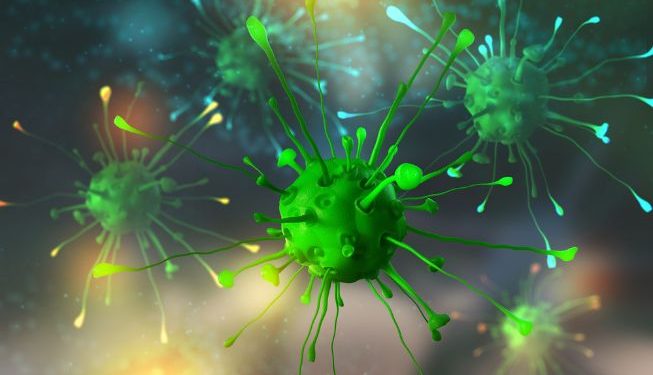The cells have several characteristics that distinguish them from stem cells. In addition to their ability to form tumors, they also express genes characteristic of cancer cells. So, how can you tell them apart from one another? Read on to learn more. Here are some of the ways they can be identified:
A subpopulation of cancer cells, called CSC, shares a number of characteristics with stem cells, including its propensity to spread. Targeting this population of cells may be critical for identifying and treating cancer. However, the number of clinical trials focusing on CSC is still small. Only 12 trials have utilized monoclonal antibodies that target CSCs. This is thought to be due in part to the lack of CSC-specific markers.
In addition to antibodies targeting the CSC population, strategies that inhibit tumor growth and metastasis formation would target differences in their surface marker expression. These strategies could be in the form of antibodies against certain surface receptors or blocking signaling pathways. Cancer stem cells are believed to be small percentages of tumor mass. By targeting these cells, a drug could be used to treat cancer, or even combine with current therapies to provide a better response. One such treatment is an antibody developed by Markus Frank, Assistant Professor at Harvard Medical School and Associate Faculty member at the HSCI. In a recent study, Frank identified a class of cancer stem cells that initiate melanomas. He also identified an antibody that prevented the tumor from growing. This was the first demonstration of this new therapeutic strategy.
It is believed that cancer stem cells are an important component of the tumor microenvironment and are the source of many of the tumors. Research reveals that the tumor microenvironment signals these cancer stem cells. Research has also revealed the presence of miR-17/20 in cancer tumors and the role it plays in metastasis. By targeting these cancer stem cells, researchers hope to develop an effective drug for cancer. There are numerous promising treatments aimed at these cancer cells.
MiRNAs are 21-nucleotide long non-coding RNAs that regulate cell differentiation, self-renewal, and division. In fact, researchers have found that miRNAs play a crucial role in the regulation of CSCs. Moreover, these molecules regulate numerous signaling pathways. As a result, they have important roles in tumor development and tumor progression. A key study from Yu et al. has suggested that miRNAs downregulate let-7 miRNAs, which are associated with CSCs.
Earlier, scientists discovered that pancreatic tumors contain CSCs. The cancer cells containing these cells express cell surface markers. These tumor cells are characterized by a high ability to self-renew and uncontrolled differentiation, and they form tumors easily. The cancer cells lacking CSC markers were only weakly tumorigenic. However, when cancer cells expressing these markers were injected into mice, they were tenfold more tumorogenic and exhibit morphology similar to primary pancreatic cancer.









